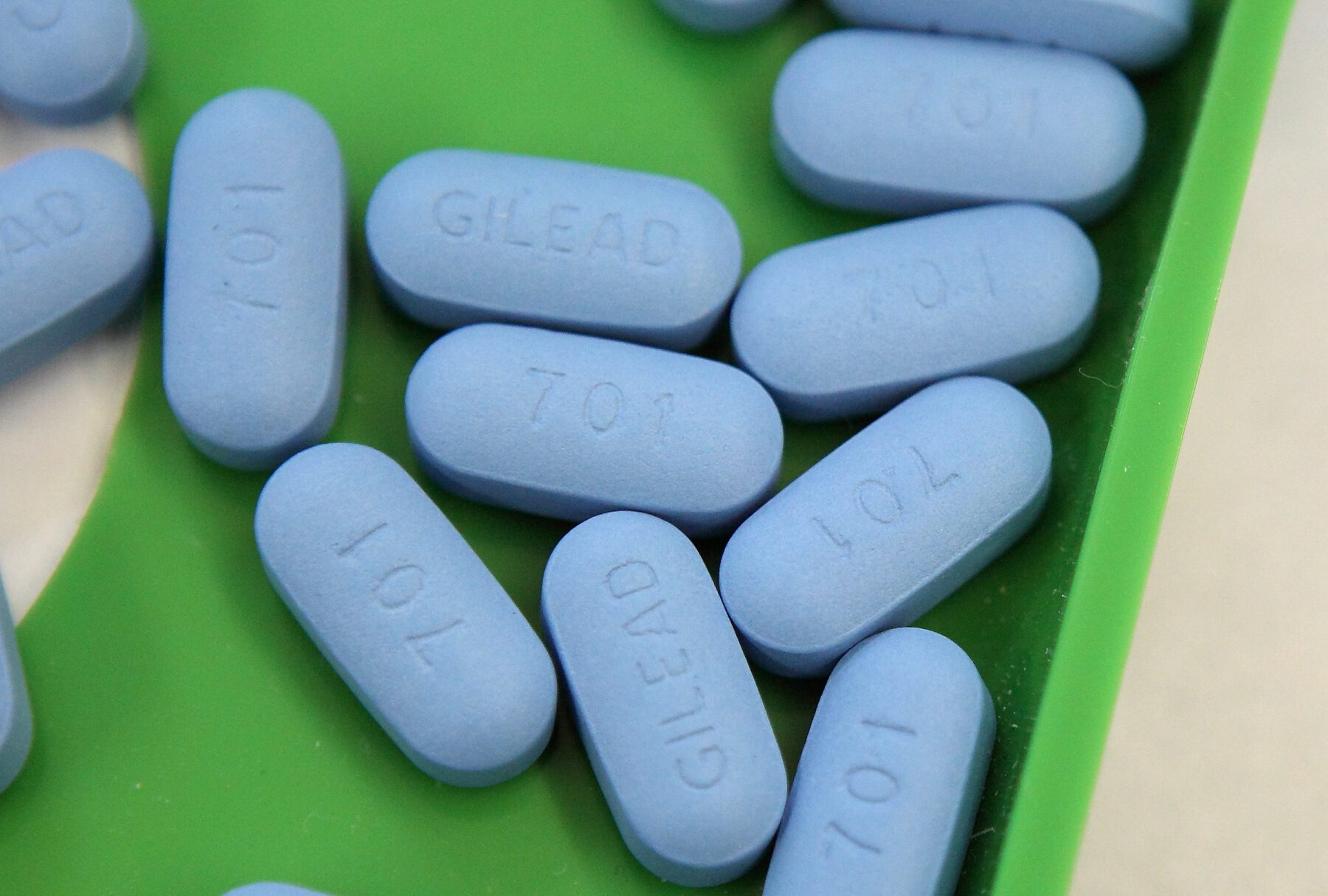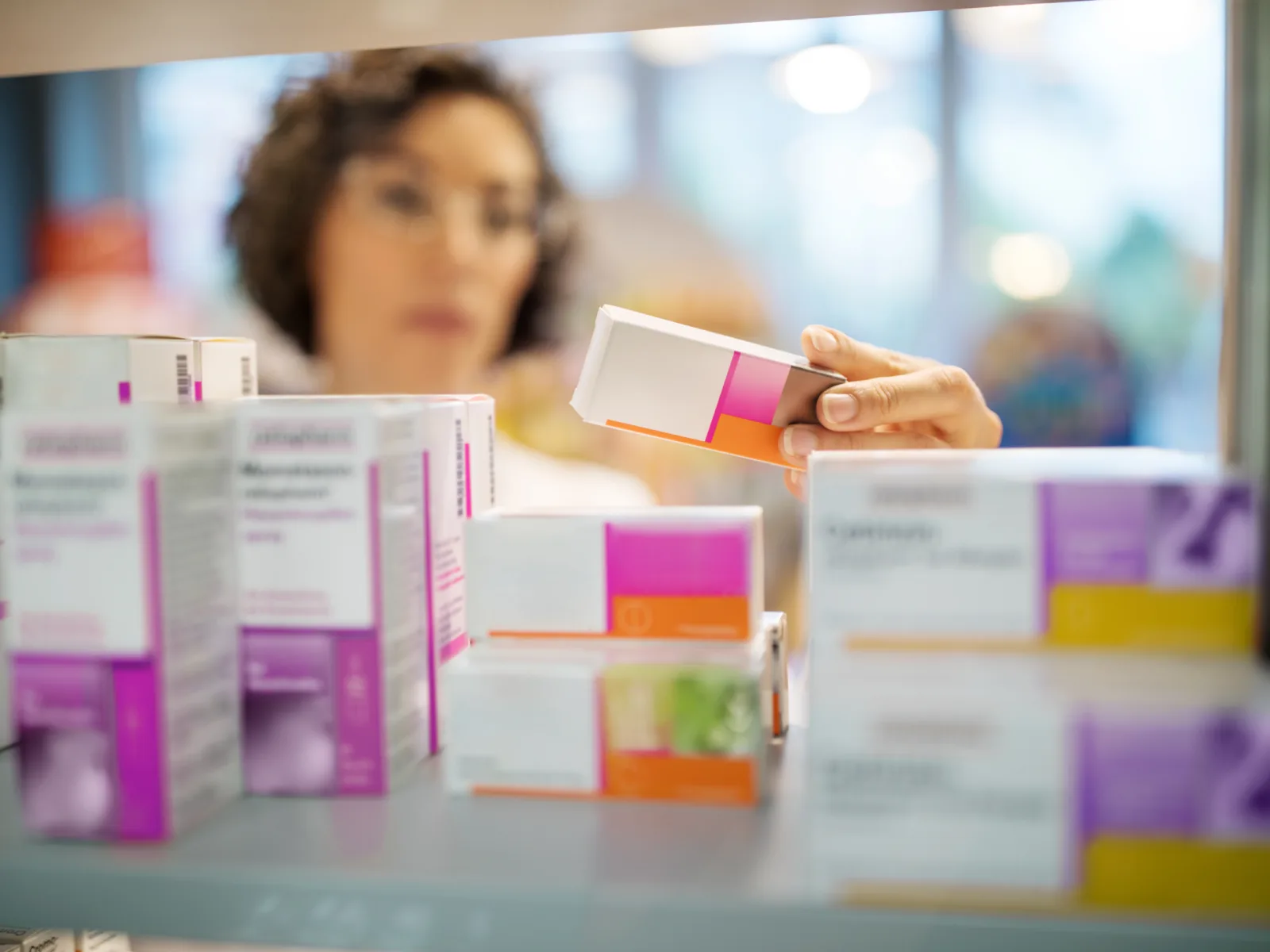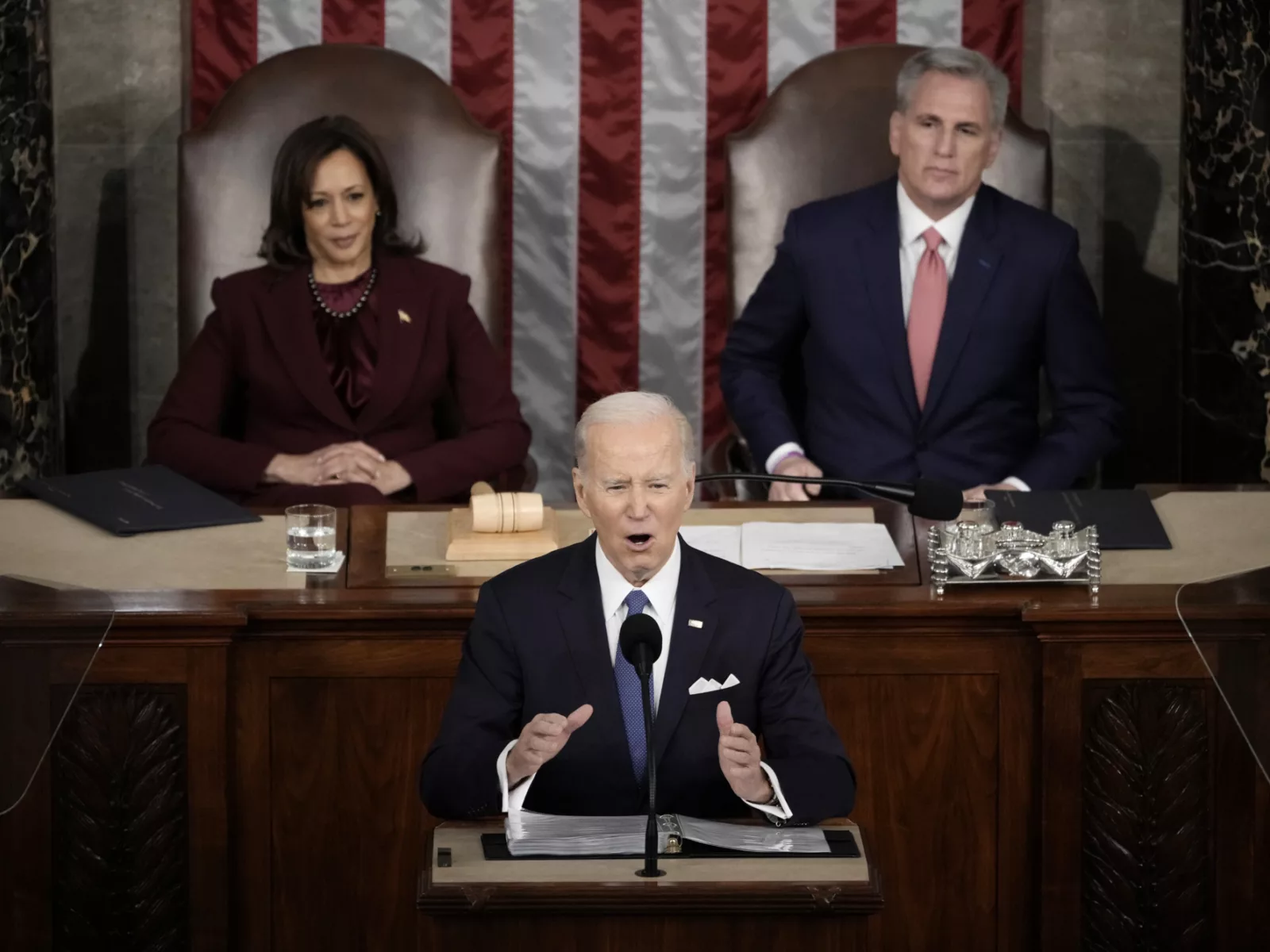As far back as 1996, clinical studies at universities across the nation were showing a promising trend: A combination of antiviral drugs appeared to suppress HIV, commuting the virus from a certain death sentence to a lifelong, manageable condition.
About a decade ago, scientists discovered that antivirals could be used not just to reduce viral load, but to prevent HIV altogether. A combination antiviral called Truvada was approved for use as prevention in 2012, yet years later, the HIV epidemic continues to wage its toll.
A significant part of the problem is the unchecked nature of drug pricing. Truvada’s list price — which patients are exposed to through their deductibles and copayments — is $1,600-$1,800 a month.
In the annals of so-called miracle drugs, Truvada, commonly called PrEP, shorthand for pre-exposure prophylaxis, is a star: It has demonstrated that it can lower chances of getting infected by more than 90 percent — yet more than 40,000 new HIV infections are logged every year, with a disproportionate impact on communities of color, transgender individuals, and populations in the South.
Yet today, fewer than one in four of the high-risk people who would benefit most from getting PrEP actually accesses it, according to the U.S. Office of Infectious Disease and HIV/AIDS Policy.
HIV activists have complained for years that the high price of PrEP — combined with other complicating factors like lack of insurance coverage and physician misunderstandings — has kept the miracle drug out of the hands of those who need it most, allowing for the continued spread of a disease that could be prevented with a single pill taken daily.
More private insurance plans have agreed to cover PrEP — without copays — and now that it’s been recommended by the U.S. Preventive Services Task Force, these plans will cover it at no cost to patients. In addition, in states that expanded Medicaid as allowed under the Affordable Care Act, more low-income people are able to get PrEP. Some states, including New York, have started their own PrEP assistance programs. All of this, combined with new awareness campaigns, has boosted PrEP uptake by 500 percent in cities.
However, 12 states have decided not to expand Medicaid or offer state aid, which is why AIDS outreach groups — like the one run by Terry Munn in North Carolina — are instead forced to rely on coupons and other help from Gilead. After educating Gilead about the impact of HIV on gay men of color, Munn said the company struck an agreement to provide a majority of his clients with access to PrEP at low-cost or for free.
“I’m not going to bash Gilead,” Munn said of the drug’s high list price. “But what if their co-pay plan goes away? The civic and humane thing to do is for the government to negotiate a fair price for Truvada. The priority should be saving lives.”

Tim Horn, director of medication access and pricing at NASTAD, the National Alliance of State and Territorial AIDS Directors, argues that the tenuous patchwork of programs now in place to pay for PrEP is both confusing and unsustainable.
The high prices that Medicaid and other public programs are paying for PrEP are not without major consequences, particularly in states confronting major budget challenges while addressing the COVID-19 crisis, increased dependence on public health programs due to job and insurance losses, and the need to scale up costly medical and support services associated with effective HIV prevention.
“The thing about co-pay and patient assistance programs, they are a Band-Aid,” he said. “The whole reason we have to have discussions about patient assistance programs is that the price of these drugs is so incredibly high.”
An Innovative Drug, Paid For by Taxpayers
Drug companies often justify their excessive prices by claiming that expensive list prices are necessary to recoup their costs. But Gilead didn’t invent Truvada on its own. It had help from the federal government, paid for by taxpayers.
Researchers with the U.S. Centers for Disease Control and Prevention conducted the early animal studies on whether Truvada worked to prevent as well as treat HIV. And the National Institutes of Health, along with the Bill and Melinda Gates Foundation, paid for multi-country clinical trials that showed it protected against HIV in humans.
Despite its proven ability to prevent HIV, the use of PrEP lagged expectations for a variety of reasons. When Truvada came to market, its uptake was hampered in part by criticism that its use would encourage riskier sex.
However, the price also presented a steep — and frustrating — barrier.
“HIV infects someone every 15 minutes in the United States despite the fact that we have this amazing intervention,” said James Krellenstein, 29, of New York City, and founder of PrEP4All. “Watching friends become diagnosed with HIV left a mark on me, to know at that point, almost all of these infections were preventable.”
Fed up with the high price and the inaccessibility of the drug, PrEP4All in 2018 launched a campaign called #BreakThePatent. In an op-ed in the New York Times and at an AIDS conference in Amsterdam, the activists urged the U.S. government to exercise “march-in rights,” a little-known provision of the Bayh-Dole Act of 1980 that allows the government to break patent exclusivity when health or safety needs were not being “reasonably satisfied” for inventions arising from federally funded research and development.
The activists’ stance drew an approving phone call from an unexpected supporter: Dr. Robert Grant, the University of California, San Francisco, infectious disease researcher who oversaw the PrEP clinical trials.
Grant mentioned something the activists didn’t know — the CDC held patents on PrEP.
Arising from this call, Krellenstein immediately dove into the arcane language of the patent registry. Then PrEP4All commissioned patent experts at Yale University’s law and public health schools to confirm what he uncovered. Sure enough, not only had the CDC conducted the original animal studies, it held patents for Truvada as PrEP.
If the CDC wasn’t going to fight to enforce its patent rights, PrEP4All decided that it would.
‘The Kind of Intervention We Need’
It didn’t take long for PrEP4All’s campaign to capture attention.
In May 2019, the Congressional House Oversight and Reform Committee convened a hearing on the high cost of Truvada as PrEP.
Under fire for Truvada’s price tag, Gilead loosened its stranglehold over the drug’s patent exclusivity. Even though Gilead has received 15 patents for the drug — and 120 protections since it came on the market, actions that have extended its exclusivity until 2024 — Gilead quietly announced that it would allow a generic version to come to market earlier than expected, as part of a settlement agreement with generic drugmaker Teva Pharmaceuticals which Gilead had sued in 2008 over patent infringement.
Gilead also announced that it would donate to the federal government enough Truvada for up to 200,000 people per year.
Still, that action by Gilead didn’t stop the federal government from taking Gilead to court in late 2019. In a surprise move, the United States filed a patent infringement lawsuit against Gilead. The case has been heralded as a landmark in the national fight over the high cost of drugs.
While the federal government has sued pharmaceutical companies over the years for various anticompetitive tactics, the U.S. suit against Gilead is the first of its kind to accuse a pharmaceutical company of infringing on its patents on research that originated in the U.S. Centers for Disease Control and Prevention (CDC).
A win or a settlement could lead to billions of dollars in royalties paid to the government, a lower price for PrEP, or both.
“Drug companies have long justified high prices by claiming that they needed to recoup the costs of research and development, but this case underscores how much innovation actually gets funded by taxpayers,” said Mark Miller, executive vice president of health care at Arnold Ventures. “This lawsuit raises the question: Why should taxpayers be charged so much for a drug that they paid to develop?”
As the case continues to wind its way through the courts, the drug remains out of reach for many. In October, the first generic version of Truvada hit the market in the United States, even though generic PrEP has been available in other countries for some time, and sells for as cheap as $25 per month.
While generics are known for launching at much cheaper prices than the brand name version and applying downward pricing pressure in the United States, the generic version of Truvada has fallen far short of being affordable.
List price for a 30-day supply of Teva’s generic version of Truvada. That’s more than 50 times as expensive as it is in other countries.
With a list price of $1,455 for a 30-day supply, Teva’s generic is only slightly less expensive than the name brand by Gilead and more than 50 times as expensive as it is in other countries.
“This single decision by Teva to bring the first generic to market at such a high price will cost payers dearly,” said Eric Pachman, a drug pricing expert at 46Brooklyn, a drug pricing analysis firm supported in part by Arnold Ventures. “If Teva had brought it lower, they would’ve set the benchmark lower for future generics, saving payers money; but because of where the price has been set, the floor in the market is now high and will stay high for years to come. And this just keeps happening in the pharmaceutical industry again and again and again.”
Meanwhile, anticipating competition in Teva’s generic pill, Gilead rolled out a newer, pricier rival to Truvada called Descovy in a move that many have characterized as a textbook example of “product-hopping,” an anticompetitive practice of introducing a new drug that’s trivially different from an existing drug in order to maintain market share.
At the J.P. Morgan Healthcare Conference in 2019, Gilead’s CEO said the company was hoping to switch nearly half of those taking Truvada to the company’s more expensive drug, Descovy. Even though Gilead has claimed the switch is related to the superiority of Descovy, there’s no indication that the newer drug is any better than the existing one.
Truvada and Descovy have proven to be a boon to Gilead’s bottom line. In its third-quarter earnings call, Gilead revealed that its total quarterly revenues were $6.6 billion, up 20 percent from the same period a year prior, prodded higher in large part by “higher volume and stronger patient demand” for its HIV products. Sales of its HIV drugs alone increased 8 percent to $4.5 billion in the third quarter of 2020, compared to $4.2 billion in the same period in 2019.
Just as Gilead’s CEO had predicted, 46 percent of PrEP scripts are now for Descovy, and in January, amid a national health crisis, Gilead hiked the price of Descovy by 4.8 percent.
“From its expensive launch price to its gaming of the patent system and the use of a product hop to maintain market dominance, PrEP has become a textbook example of how dysfunctional the U.S. prescription drug market has become,” Miller said. “Instead of making this drug more affordable and accessible — and helping to end the HIV epidemic — Gilead has maintained its focus on generating revenue and making more money.”
Mary Engel contributed to this report.
Not Just PrEP

What began as an investigation into patents started with PrEP but widened to include other HIV treatment drugs as well.
In spring 2019, Peter Staley, a member of the board of PrEP4All, filed a class-action suit accusing Gilead and three other pharmaceutical companies that make antivirals of secretly agreeing to a “no generics” clause. Although some individual antivirals are now available in lower-cost generic versions, the lawsuit alleges that these agreements bar generics from being added to the single, fixed-dose combination pill used to treat HIV as long as any drug in the pill remains under patent.
HIV treatment costs roughly $35,000 a year and must be taken for life. Although programs exist to help people already diagnosed with HIV pay for drugs (unlike for HIV prevention), longtime AIDS activist Peter Staley — the lead plaintiff on the case — maintains that government programs as well as private insurers are paying too much because of these secret agreements.
“Medicaid, Medicare and insurance companies are buying the equivalent of a SUV every single year to keep a person with HIV alive,” he said. “If these no-generic clauses hadn’t existed, we would have had a whole second tier of fixed-dose combinations on the market for $20,000 a year.”
Treating HIV is another means of preventing its transmission; people with HIV who stay on regular treatment and suppress the virus fully do not infect others. But NASTAD’s Tim Horn points out that just more than half of those living with HIV in the United States are using treatment at all or regularly enough to achieve viral suppression. The availability of generic drugs would help make achieving U.S. goals to treat everyone more affordable.
“To ensure not only that we achieve the goal of ending the epidemic but sustaining that outcome once we’ve achieved it, it is time we start thinking about cost containment, not only in prevention but in our care spending,” Horn said.
The PrEP4All lawsuit, if it survives the pharmaceutical companies’ efforts to dismiss it, is scheduled to go to trial in 2022. If it does, Staley hopes that it will set a precedent not just for HIV but for any other combination drug that involves agreements among multiple drug companies.


















